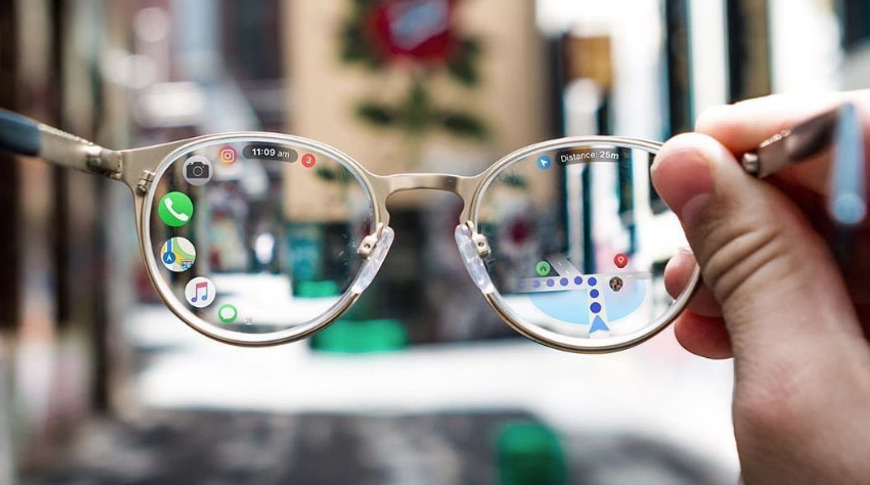Apple partner supplier TSMC is reportedly developing advanced micro OLED display technology for use in a rumored "Apple Glass" AR headset, though the hardware is unlikely to see integration in the near future.
Citing sources familar with Apple's plans, Nikkei on Wednesday reported that the in-house display initiative is in the trial production phase, meaning mass manufacturing for consumer products is several years out.
Unlike traditional LED panels and OLED modules used in current portable electronics, micro OLED technology promises high-resolution, high-efficiency performance in a compact package. The displays are built directly onto wafers, not glass substrates, making the overall system significantly thinner and smaller than conventional displays. As such, the technology lends itself nicely to wearable augmented reality devices, sources said.
"Panel players are good at making screens bigger and bigger, but when it comes to thin and light devices like AR glasses, you need a very small screen," a source said. "Apple is partnering with TSMC to develop the technology because the chipmaker's expertise is making things ultra-small and good, while Apple is also leveraging panel experts' know-how on display technologies."
The panels in testing are under an inch in size, suggesting incorporation in a waveguide system. Waveguides are commonly used in AR glasses as a means of routing graphical information from an output source (miniature display) to one or more display planes positioned in front of a user's eyes.
TSMC is perhaps best known for its role in fabricating Apple chips like the A-series that powers iPhone and iPad, and Mac's new M1 silicon.
Research and development is being carried out at TSMC facilities in Taiwan. Apple reportedly hired "dozens" of engineers from Taiwanese display firm AU Optoelectronics, as well as industry experts from Japan and other countries, to work on the project. Like all major Apple initiatives, the process is highly secretive and team members were required to sign non-disclosure agreements forbidding them from discussing the venture or meeting with acquaintances who work in the tech industry, a source said.
Apple is widely rumored to debut an AR headset in the coming years. Recent rumors suggest the company will wade into the segment with a high-end VR visor in 2022 before unveiling an "Apple Glass" device in 2023.
 Mikey Campbell
Mikey Campbell

-m.jpg)






 Amber Neely
Amber Neely
 Marko Zivkovic and Mike Wuerthele
Marko Zivkovic and Mike Wuerthele

 Andrew Orr
Andrew Orr
 Malcolm Owen
Malcolm Owen


 Wesley Hilliard
Wesley Hilliard-m.jpg)









11 Comments
i wonder if this is related to their acquisition of akonia holographics. maybe many different teams are working on ar glasses displays around the world and apple will decide which one to use?
I sure hope Apple does not screw these guys over. They are at the top of the food chain when it comes to chip making.
I'm hoping this is more like AR on the iPhones and iPads, but wrought more immersive with it in the form of glasses. The ultimate application for me is it to be good enough to project or show a virtual display, virtual keyboard & trackpad, etc. The uber maps and navigation tool would be cool, but virtual computer display that is as sharp as a regular display? Insanely great.
Not sure how these microLED displays play into AR glasses. The concept picture looks stupid.